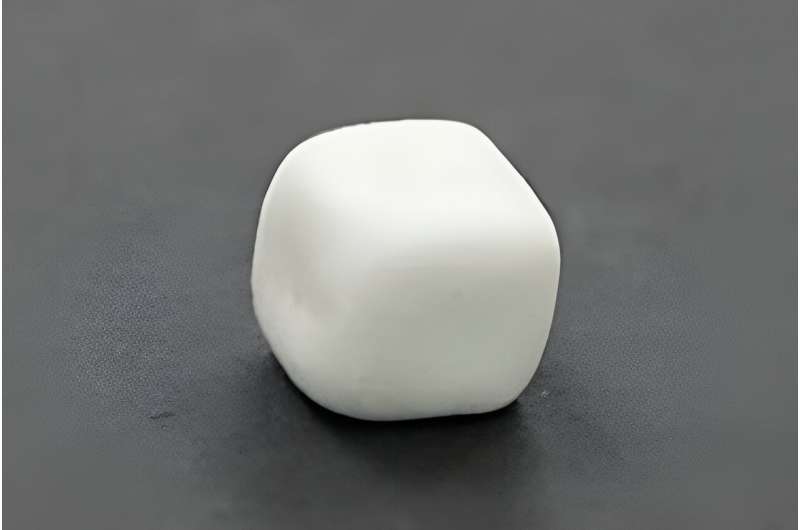
You’ve probably experienced the dread of a suddenly dead phone that is glacially slow to recharge. Add to that earbuds or laptops that die at the most inconvenient times. And perhaps you’ve delayed shopping for an electric car because of limited cruise range (or high price). These battery breakdowns and charge collapses are because of shortcomings in the lithium-ion batteries powering today’s technology.
But recent research at the Florida State University-headquartered National High Magnetic Field Laboratory is advancing work on a new, better type of battery. The findings are published in Science Advances.
Scientists are looking to transition from the liquid-electrolyte-based lithium-ion batteries that have powered our devices for the past 30 years to solid-state systems capable of meeting the needs of the next generation of electronics. Solid-state batteries are safer, reducing the chances of a fire when a battery is damaged, has short circuits, or is overheated. And solid-state batteries also offer higher energy densities and longer battery life.
“Right now, maybe you notice with your iPhones, or with your tablets, they do have a set amount of time before the battery depletes or before you have to change to a new one. Ideally, for the all-solid-state batteries, they can last longer,” said FSU doctoral student Erica Truong.
But a major drawback has kept solid-state batteries from wider use. They are expensive to produce and difficult to manufacture in large numbers.
Truong is on the research team of Florida State University chemistry and biochemistry professor Yan-Yan Hu, working to develop solid-state battery systems that improve performance and are commercially viable.
“In this study, we looked at a new solid electrolyte design that can be generally applied to other systems to help improve their performance,” Truong said.
Electrolytes serve as a crucial component in batteries, acting as a separator between the cathode (or the negative terminal) and anode (or positive terminal). They facilitate the movement of ions between the electrodes, enabling the battery to charge when connected to a power supply or to supply power when linked to a device such as a phone.
The FSU team analyzed the structures and properties of a promising electrolyte made of lithium chloride and gallium fluoride. They discovered a strategy that can effectively promote ion transport in solid electrolytes.
Using the MagLab’s solid-state Nuclear Magnetic Resonance systems, the researchers took a detailed look at the gel-like electrolyte’s structural characteristics that contribute to ion transport. The investigation found the chlorine and fluorine combine in something called charge clustering, freeing up the lithium ions.
This translates to fast charging and a longer life from the battery.
“The charge-clustering phenomenon helps weaken the bond between the lithium and the other components, so the lithium can move faster, move more efficiently through the electrolyte,” said Truong. “What’s also interesting about this material is it’s not purely solid; it’s more clay-like.”
























